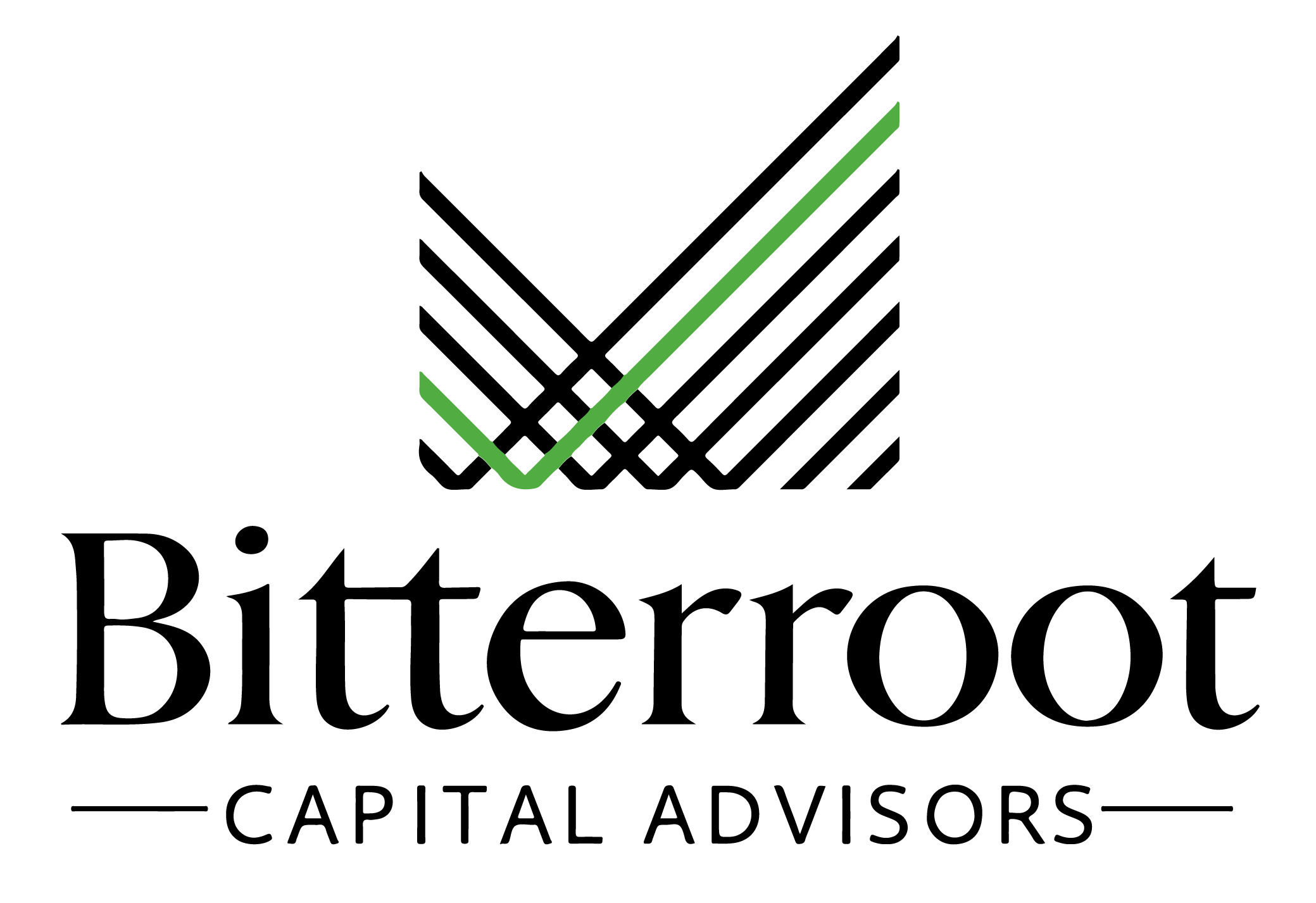Equity markets (ACWI Index) appreciated by 2.9% in Q2 and are up 14.5% YTD through July 8th.
During the quarter, all regions gained, but US large-cap stocks (+4.2%) and EM stocks (+5.1%) significantly outperformed international developed equities (+0.4%).
Strong corporate earnings coupled with better-than-expected inflation data drove continued strong equity market performance in Q2, with appreciation continuing through early July.
US government and investment-grade corporate bonds were relatively flat in Q2 and YTD.
The Barclays US Aggregate Index was up 0.1% during Q2 and +0.1% YTD.
Flat performance masked high underlying bond yield volatility during the quarter. The US 10-year Treasury yield increased from 4.2% at the end of March to near 4.7% by the end of April before falling to 4.4% by end of June. As of July 11th, the 10-year yield is at 4.2%.
US high-yield bonds and leveraged loans (riskier corporate credit) performed well during Q2 and YTD.
High yield bonds were up 1.1% in Q2 and 3.5% YTD. Leveraged loans were up 1.9% and 4.7% during Q2 and YTD respectively.
Q2 high yield and leveraged loan returns were driven by high coupon yields and modest spread compression.
Credit spreads have remained in a tight range as corporate earnings performance has accelerated from the latter half of 2023. In fact, high-yield bond spreads of 310bps are now below historical averages (430bps) and are well-below the 800bps level normally seen during recessions.
Hedge funds were up 0.3% in Q2 and 2.9% YTD through the end of June.
YTD, long-short equity hedge funds (+5.1%) and macro / trend following (+4.6%) strategies performed best. Merger-arbitrage strategies performed worst (-3.3%).
Private equity performance was up 3.0% in Q4 2023 and 9.3% for FY 2023.
Private equity managers report with a 60-to-120-day lag, so H1 benchmark data are not yet available. However, most PE firms are estimating low-to-mid-single digit returns during Q1 2024 driven primarily by underlying EBITDA growth at portfolio companies.
New deal activity accelerated sharply in Q2 at $225bln vs. several quarters in the $140bln-$160bln range. Entry valuations continue to increase globally from trough levels (12.4x vs. 10.6x) but have remained relatively steady in the US (13.1x vs. 13.8x peak levels in 2021). Leverage has continued to decline and now averages 5.2x Debt/EBITDA (representing 45% of total deal value) vs. 5.9x Debt/EBITDA in 2021 (52% of total deal value).
Exit activity improved in Q2 which led to H1 exits up 16% YOY in terms of $ value. Exit pipeline activity continues to accelerate with GPs increasingly prepping portfolio companies for exit.
Private credit performed well in Q1 2024 (latest data available).
The Cliffwater Private Credit Index was up 3.1% in Q1 2024 as portfolios benefitted from high current yields with stable pricing. Anecdotal reports point to 3%+ returns for Q2 2024.
The near-term outlook for existing funds is relatively positive. High SOFR base rate (+5.3%) has led to unlevered current yields north of 11%. However, the percentage of loans with non-accrual status is starting to rise and may foreshadow increased defaults or markdowns for legacy loan books.
While competition has increased significantly among private credit lenders (vs. the broadly syndicated market) across the larger borrower segment, conditions remain relatively benign in the middle market or lower middle market where spread compression has been much less pronounced.
Although public market credit spreads are very tight, private credit funds are indicating increasingly robust pipelines for bespoke credit solutions.
Private real estate performance continued to decline in Q1 2024 (latest data available) but is showing signs of stabilization.
The NCREIF Index was down 1.0% in Q1 2024 (fifth consecutive quarterly decline). Cap-rates have begun to stabilize, although transaction data is still limited.
Pricing appears to be stabilizing, but reported data remains mixed with some indexes still showing price declines while others show modest gains.
Industrial pricing continues to accelerate while multi-family continues to decline. Office properties continue to experience the highest price declines.
Operating fundamentals remain mixed across property types.
Rents remain flattish for industrial and multi-family with strong demand offset by large supply coming online. Office vacancies have reached 20% for the first time in history.
We continue to see a favorable outlook for new private investment funds (currently raising money for the 2024 and 2025 vintages) with lower valuations and reduced leverage use, and in certain cases less capital is chasing opportunities.
While the first half of the year has seen strong returns across risk assets, we expect higher volatility in H2.
Economic data has slowed in the US, geopolitical uncertainty remains high, the US presidential election looms, and US equity valuations are very stretched.
As such, we see a wider than normal range of possible outcomes (especially for public equity markets) over the next 6-12 months.
We are incorporating these views into portfolio positioning by:
Adding duration to portfolios by purchasing Treasury bonds of intermediate maturities (5-10 years), especially if 10-year US Treasury yields are near 4.5%.
Continued allocations to new private investment strategies, especially private equity secondaries and private credit.

